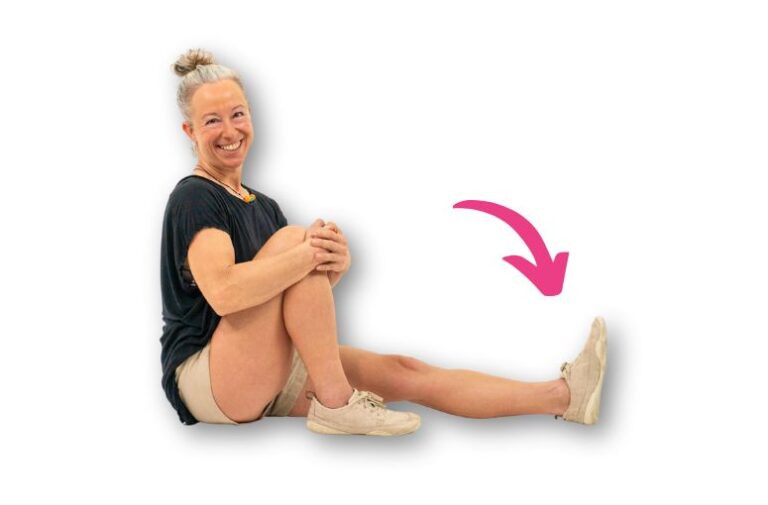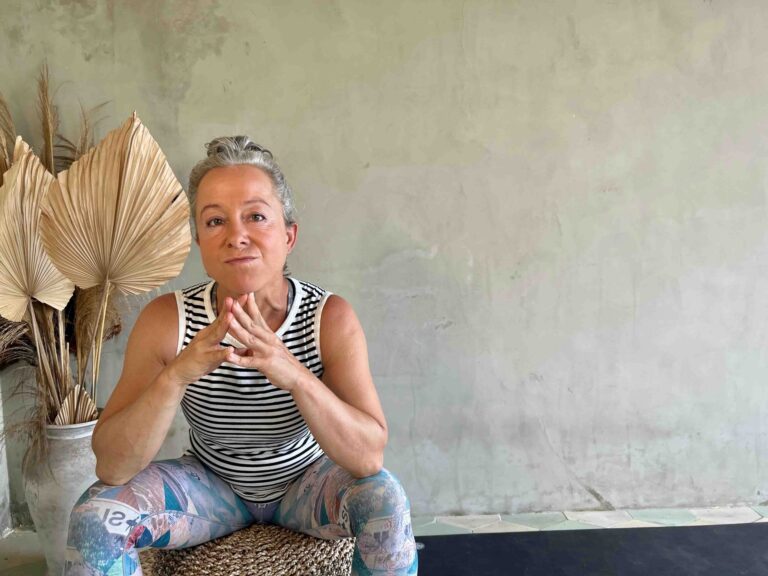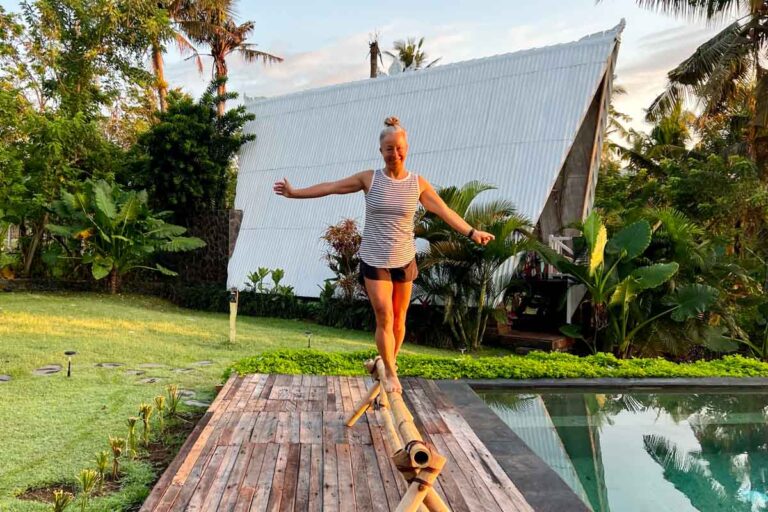
Your Step By Step Guide To Safely Switching To Minimal Shoes
Switching to minimal shoes can be a game-changer for your foot health, mobility, and overall movement quality. But making the switch isn’t as simple as tossing out your old shoes overnight – at least, not if you want to avoid






